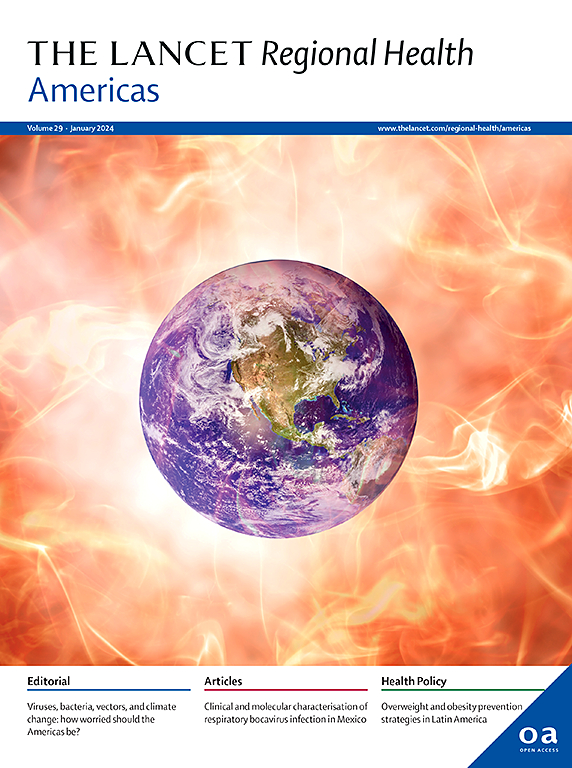Performance of the World Health Organization (WHO) severe acute respiratory infection (SARI) case definitions in hospitalized children and youth: cross-sectional study
IF 7
Q1 HEALTH CARE SCIENCES & SERVICES
引用次数: 0
Abstract
Background
Respiratory tract infections with viral pathogens are frequently identified using the World Health Organization (WHO) case definition of severe acute respiratory infection (SARI), defined as fever of ≥38°Celsius, cough, onset within 10 days, and hospitalization. While there is extensive research in adults, less is known about the WHO SARI case definition performance in children and youth. We aimed to determine the performance of the WHO SARI and modified case definitions in identifying viral respiratory tract infections in hospitalized children and youth.
Methods
Retrospective observational cross-sectional study of hospitalized children (0–18 years) with an acute respiratory infection and who received a respiratory viral test at two large Canadian children’s hospitals from July 2022 to June 2023. The WHO SARI and modified SARI case definitions were evaluated overall, by virus and age, with reporting of sensitivity and specificity.
Findings
There were 2333 hospital admissions, with a median age of 2.4 years (IQR 0.8–5.0). 78% (n = 1828) had one or more viruses identified, most commonly respiratory syncytial virus (30%, n = 709). The WHO SARI definition had a sensitivity of 58% and specificity of 49% for identifying infections with a microbiologically confirmed virus. For Influenza only, the sensitivity was 71% and specificity 44%. The lowest sensitivity was among young children <3 months (28%) and 3 to <6 months (45%). Modified SARI definitions had similarly poor performance, with trade-offs of sensitivity and specificity.
Interpretation
The widely implemented WHO SARI case definition has sub-optimal performance among children and youth hospitalized with acute respiratory infections. Public health surveillance based on these case definitions may inadequately detect and monitor known and emerging infections, highlighting the need to develop an accurate and reliable SARI case definition for children and youth globally.
Funding
Public Health Agency of Canada, SickKids Foundation, BC Children’s Hospital.
求助全文
约1分钟内获得全文
求助全文
来源期刊

Lancet Regional Health-Americas
Multiple-
CiteScore
8.00
自引率
0.00%
发文量
0
期刊介绍:
The Lancet Regional Health – Americas, an open-access journal, contributes to The Lancet's global initiative by focusing on health-care quality and access in the Americas. It aims to advance clinical practice and health policy in the region, promoting better health outcomes. The journal publishes high-quality original research advocating change or shedding light on clinical practice and health policy. It welcomes submissions on various regional health topics, including infectious diseases, non-communicable diseases, child and adolescent health, maternal and reproductive health, emergency care, health policy, and health equity.
 求助内容:
求助内容: 应助结果提醒方式:
应助结果提醒方式:


